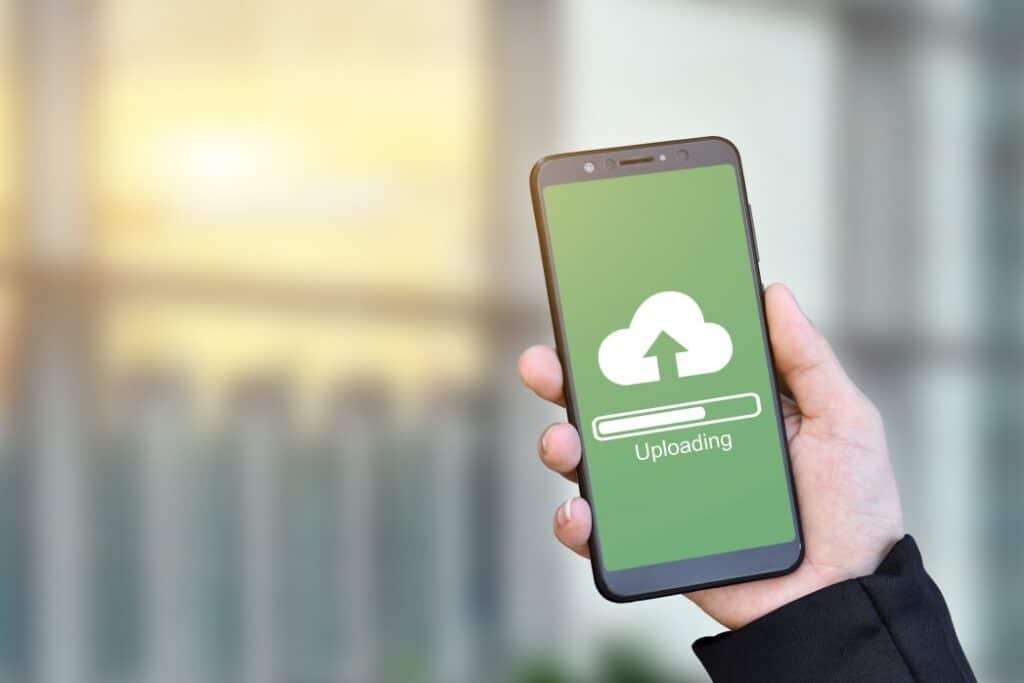Have you ever gone grocery shopping with an empty stomach? Maybe you arrive with your shopping list, or perhaps you have the items memorized. In the end, it doesn’t really matter because, in either scenario, you’re confronted with aisle upon aisle of tempting items that your hunger craves. Do you really need those extra cartons of berries? What about those crackers and dip, are those really necessary? And hopefully, you don’t pass by the lunch counter with the wafting aromas of prepared foods. Only the strongest wills can avoid tossing one or several unnecessary items into the shopping cart. It’s relatively common knowledge that shopping while hungry leads to overspending.
How does grocery shopping relate to your IT budget? Regardless of the industry setting, investing without a plan in a service based on an urgent necessity will also lead to overspending.
In recent years, many businesses have employed cloud servers and cloud computing to enable their critical transition to remote work settings during the COVID-19 pandemic. Now that most of the world is coming out of crisis mode, many businesses are ready to evaluate their IT spending. Here are three practical ways to manage your cloud spending.
Why Use the Cloud?

Using the cloud is an excellent way to scale your business. With a strategic cloud budget, any size business can gain access to more storage and capacity with the cloud than if they were to invest in their own physical hardware. The cloud also opens up possibilities to develop new apps, gain more clients, and develop new services. Expanding your needs is always an option with cloud services and is more affordable than you might think.
1. Evaluate Your Needs
Before you make any decisions on cloud storage, you first need to know the volume of storage you need. You can start by listing how many employees you have and which programs they need access to. Knowing the needs of your employees before purchasing services will prevent you from wasting money on duplications, unnecessary programs, or purchasing more capacity than needed. Evaluating the needs of your business will also help you spot any gaps in tools your team may be experiencing. This step is essential to both controlling your cloud spending and getting the right tools for your business needs.
2. Create a Plan for Cloud Spending
Once you have a solid understanding of the needs of your business, you can sit down and create a plan. You may want to consult with cloud service experts to understand what service and software options are available to you on their cloud system. For example, do you need an email, application, or server hosting? If you don’t currently have an app for your business, are you considering one in the future? What about server capacity? These are questions that IT experts can help you answer or at least consider for the future.
When creating a cloud services plan, disaster recovery and business continuity are two factors to consider. At Alt-Tech Inc., we securely store our clients’ critical data in a safe, below-grade vault for optimal performance for local businesses. In the event that you need to recover your data urgently, we can help make it happen.
3. Compare Cloud Providers
When searching for the right cloud provider for your company, there are several factors to consider. You want the perfect combination of high performance and helpfulness. The cloud can feel confusing, so working with a high-rated cloud service provider can simplify the process. We recommend working with a tech company that is dependable, honest, and values your business so you can have confidence your data is in good hands.
Edmonton’s Dependable Cloud Service Provider
Alt-Tech Inc. provides small, medium, and large-sized businesses with reliable cloud services and exceptional customer service. We’re here to help your business succeed with secure digital solutions. Reach out to us to schedule your consultation.

